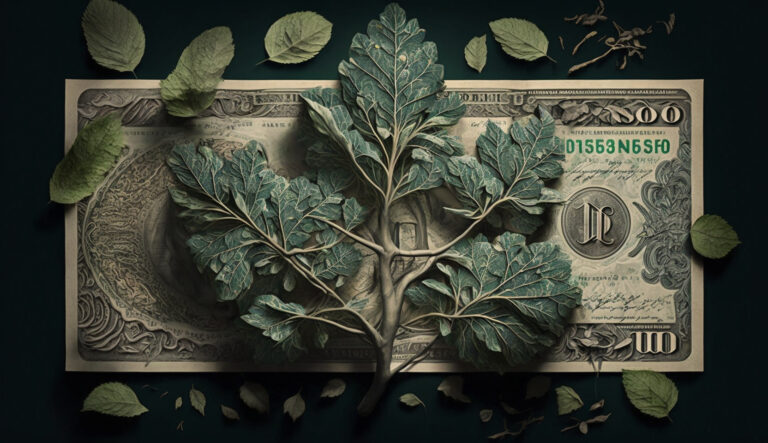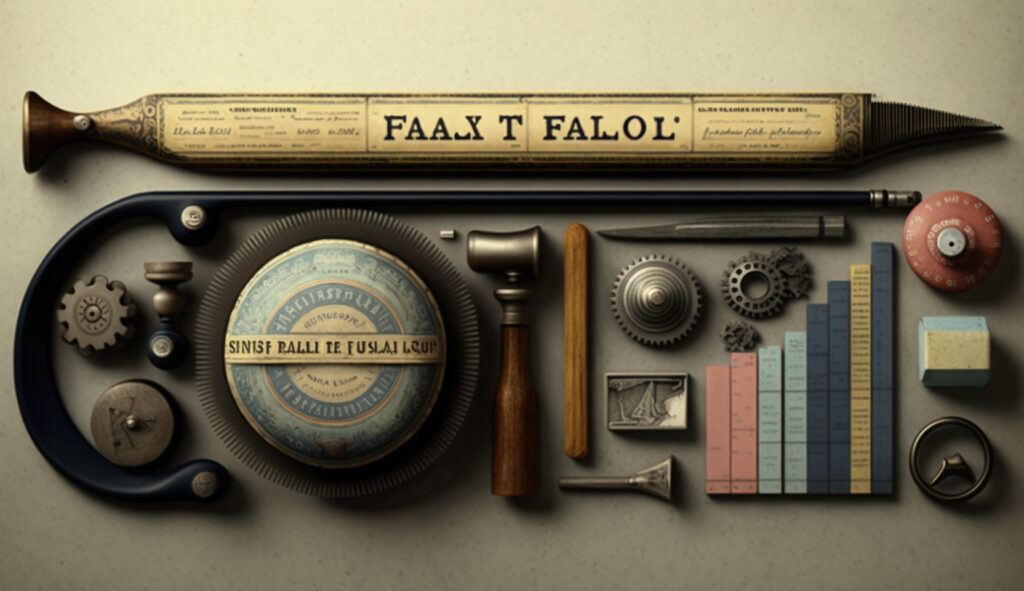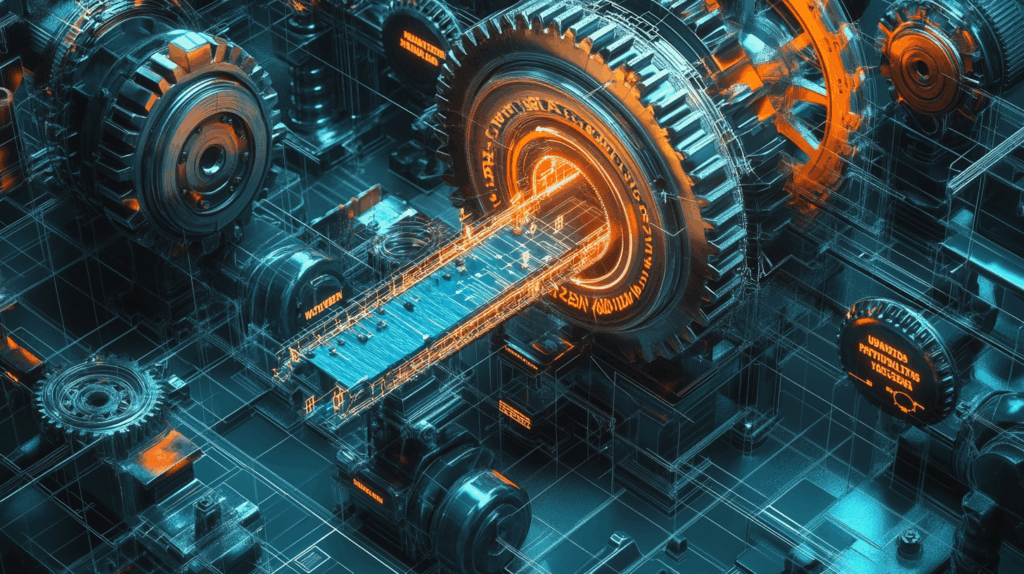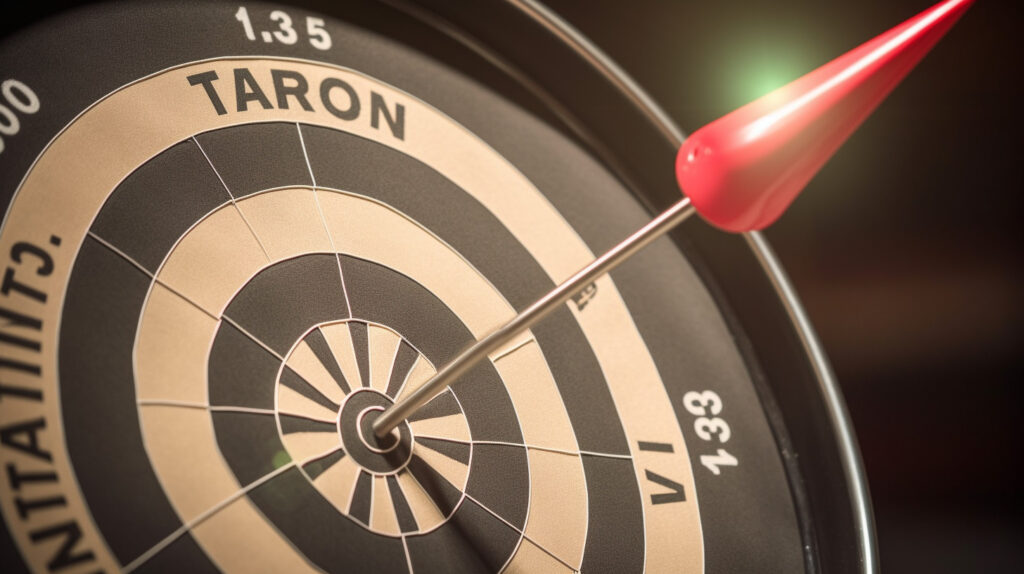
Our today’s article is about money, because its a fundamental concept in the forex market, which is the main theme of our blog. Traders need to actively think about what money is. Have you ever stopped to consider it? It goes beyond physical cash and includes economic, social, and psychological aspects. Understanding what money is provides insights into how the forex market works, accordingly, it is very important to explore the various dimensions of money.
In this article, we’ll dive into its history, its role in shaping economies, and its impact on the forex market. This knowledge will help traders refine their strategies, confidently navigate market fluctuations, and achieve greater success. Don’t skip reading as you uncover the significance of money in the forex market. Be ready to challenge your current understanding so that you can expand your thoughts about money as it is crucial for mastering trading.
Introduction
To truly grasp the essence of what money is, and its nature, role, and functions in modern economies, let’s take a moment to imagine a world without money. In this hypothetical scenario, if you desired to acquire a good or service, your only option would be to exchange it for another good or service. This primitive and cumbersome system, known as the barter economy, traces its roots back to ancient times. If you’re curious about the origins and pioneers of this concept, we encourage you to explore this subject independently. Now, where were we?
The bartering system is riddled with numerous drawbacks and challenges. For instance, if you wanted to trade your goods and services with your neighbor, you would rely on their willingness to participate. This situation is known as the “double coincidence of wants” in economic theory, highlighting one of its challenges.
Yet another obstacle arises from the necessity for goods and services to possess an equivalent value for a successful exchange. If such equivalence is lacking, the exchange cannot occur. Furthermore, your neighbor may not be willing to exchange all their goods or services, even if they have equal value. Moreover, there is inherent ambiguity in using different measures of value. Expressing the price of fish in bananas or denoting the cost of oranges in bananas can complicate the exchange. In other words, a barter economy lacks a standardized measure of value. This is precisely where money enters the stage, defining what money is and offering a solution to these pressing challenges.
In contrast to the complexities of barter, money is a universally accepted medium of exchange. It is a tangible representation of value, facilitating transactions and eliminating the need for the “double coincidence of wants.” Furthermore, with money, goods and services acquire a quantifiable worth, enabling individuals to compare and trade them easily. It acts as a unit of account, providing a standardized measure of value that transcends the idiosyncrasies of barter. Additionally, money serves as a store of value, allowing individuals to save and accumulate wealth over time. As a result, it empowers economies to function smoothly, promotes specialization, and supports economic growth.
Thus, when we contemplate what money is, we recognize its pivotal role in shaping the foundations of modern economies. The linchpin brings together individuals, businesses, and nations in a cohesive system of exchange and prosperity. Without it, the intricate mechanisms of commerce and trade would falter, giving way to the inefficiencies and limitations of barter. Therefore, let us appreciate the significance of money, for it is not merely a means of payment but a fundamental pillar upon which our economic systems are built.
What Are The Functions of Money?
It serves important functions in an economy, you know. It acts as a medium of exchange, allowing us to buy things and pay off debts. Basically, it’s the asset everyone accepts for transactions. This saves us from the hassle of bartering, where you have to find someone who wants what you have and has what you want. With it, you can just sell your stuff for cash and use that cash to get what you need. Pretty convenient, right? These are the functions of money, enabling smooth transactions and eliminating the complexities of bartering.
But for it to work as a medium of exchange, it needs to have certain qualities.
- First, it has to be easily accepted by everyone.
- Second, people need to know its value.
- It should also be easy to divide, so we can buy both cheap and expensive things without a problem.
- It’s also handy if money is worth a lot compared to its weight because then we can carry enough money for our transactions without it being too heavy.
And of course, it’s important that money is difficult to counterfeit. Otherwise, people won’t trust it, and it won’t work as a medium of exchange. These qualities are crucial for money to fulfill its functions effectively.
Money also has another important function: it can store wealth. See, in a barter system, it’s hard to keep wealth from year to year because goods can spoil or require a lot of space to store. But precious metals like gold, for example, have a high value compared to their size and don’t go bad. So they’ve been used throughout history as a way to save wealth. This function of money as a store of wealth provides stability and security for individuals.
Now, here’s another thing about money—it acts as a unit of account. What that means is that it gives us a standard measure of value for everything we buy or sell. In a barter system, people have to agree on the value of one thing compared to another. But with money, we have a common measure that makes it easier to set prices and compare them. This function of money as a unit of account simplifies economic transactions and facilitates price determination.
So, to sum it up, money has three important functions. It serves as a medium of exchange, letting us buy and sell things smoothly. It also acts as a store of wealth, allowing us to save our money over time. And finally, it serves as a unit of account, giving us a common measure to determine the value of goods and services. These functions of money are essential for a well-functioning economy, ensuring efficient transactions, wealth preservation, and price coordination.
In summary, money fulfills three critical functions, it:
- acts as a medium of exchange;
- gives individuals a way of storing wealth; and
- functions as a measure of value and unit of account.
Where Does Paper Money Come From, and How Is Money Created?
Transitioning to precious metals like gold and silver was a significant improvement over carrying around your physical products. Carrying around precious metal coins had several downsides. Storing and transporting large quantities of metal coins could be safer, and metals are heavy and take up space.
Another significant milestone in the history of money was the promissory note, which is the grandad of paper money. The earliest account of the promissory note is from ancient Babylon’s the Code of Hammurabi 1755–1750 BC.
Their widespread use began in the 17th century in London. Charles, I had a “brilliant idea” to seize the holdings of London merchants from the Tower of London. Merchants started keeping their metal coins with London goldsmiths for safekeeping. Upon receipt of the metal gold and silver coins, the goldsmiths began to issue promissory notes. Cheeky merchants used these notes to carry out commercial transactions without moving their physical gold and silver.
As the name suggests, a promissory note was a promise to pay a certain amount of gold on demand. In other words, they became a proxy for the precious metals they represented, forming a direct relation to a physical commodity.
Where Does Fractional Banking System Come From and How Does It Work?
At some points, the goldsmiths realized they would withdraw only some of the gold they held in their vaults at any time. Most of the gold that backed the notes sat in their vaults, collecting dust. So what they did was they started to loan out excess gold to others at a specific rate of interest. That’s how they created money. As you can see, the idea behind modern banks’ fractional banking system isn’t that new.
A simple example is the best way to illustrate how the fractional banking system works.
The central bank of country A concludes that banks in the economy must keep 20 percent of the money people deposit with them. So, if you deposit 100 of your money to your bank in that country, the bank can keep 20 in their vault and loan out 80 for interest, just like the blacksmiths did back in the day.
Your neighbor banks with the same bank as you; he needs to paint his fence but doesn’t have the money. So he contacts the bank, takes out a loan, your 80 percent, and buys paint. The shop that sold him the tools, deposits these 80 units of money with their bank. And their bank keeps 20 percent of these 80 units of money (16 units) and loans out the rest (64 units). The cycle continues on and on until there is no more money to loan or deposit. The total amount of money that banks created in such a way is 500 (100/0.2). To demonstrate the power of this concept, let us imagine that if the reserve requirement were not 20 but 10 percent, the banks would create 1000 (100/0.1) instead.
Our simplistic example demonstrates how powerful the concept of fractional banking can be. By setting the reserve requirements, central banks can regulate the money creation process, i.e., the money supply in the economy.
Any smart bank would want to have enough backup money to make sure they can handle all the withdrawal requests from their customers, even in tough economic times or when credit markets are tight. Later on, when we chat about central banks and their policies, you’ll see how they can use this process I just described to change how much money is out there. For example, a central bank could try to boost the money supply by buying, say, GBP 100 worth of government securities and putting the money in the seller’s bank account. Central banks can also lend money directly to other banks, giving them extra funds, over and above any requirements, that can then be used for new loans.
What Are the Definitions of Money?
Monetary policy is one of the main topics of our article. Since the monetary policy deals with all things concerning money, let us first define what we mean when we say “money.” One of the three main functions of money we outlined before is that it must act as a medium of exchange. In other words, you should be able to buy or sell products in services in exchange for money. In simplistic economies of the past, that is, before the introduction of promissory notes, gold, and silver coins acted as money. But the advent of fractional banking brought about the necessity to come up with a more comprehensive definition of money, one that would include bank deposits.
We have seen in the example above the creation of an additional money supply, so it only makes sense that bank deposits we should somehow account for the bank deposits when we define what money is. However, that is not the only issue we face. The complexity of modern financial systems, with many banking products (e.g., credit/debit cards or savings accounts, current accounts, etc.), significantly complicate our task. How so? Nowadays, you can seamlessly transfer funds from your savings account to your current account. All you have to do is pick up your smartphone and log into your bank’s app. Therefore we can also consider savings account a part of the money supply. The point we are trying to make here is that the more complex a financial system/economy becomes, the more difficult it is to define money.
The monetary authorities in most today’s economies produce a range of measures of money, but in general, the money consists of notes and coins in circulation. In addtion to that the deposits in banks and other financial institutions that people can readily use to buy of goods and services in the economy. Therefore, economists often speak of the growth rate of narrow money and/or broad money. Narrow money generally means the notes and coins circulating in an economy, plus other highly liquid deposits. Broad money encompasses narrow money but includes the entire range of liquid assets we can use to make purchases.
Because financial systems, practices, and institutions vary from economy to economy, so do definitions of money. For this reason it is difficult to make international comparisons. Still, most central banks produce both a narrow and broad measure of money and some intermediate ones. Let us see how the US Fed defines money to get an idea. As far as the central banks of other countries are concerned, a quick Internet search should be able to quench your thirst for knowledge 🙂
You may also like to check out other articles from this series: Currency Regimes and How to read quotes and Spreads.



